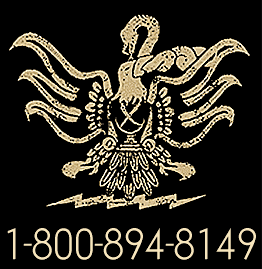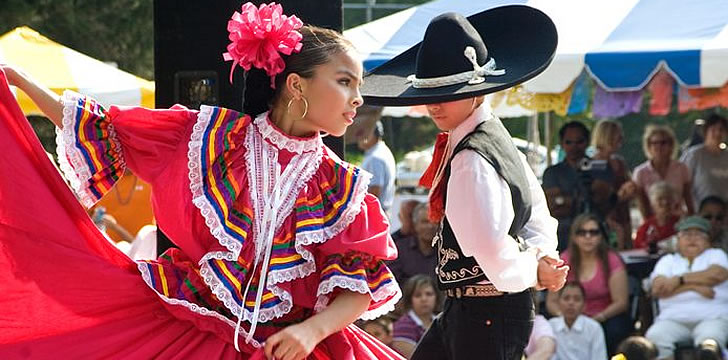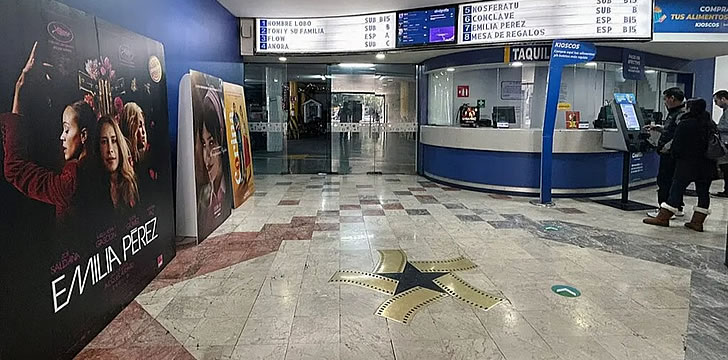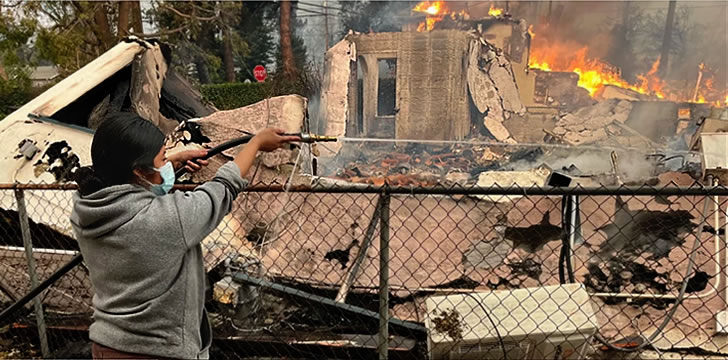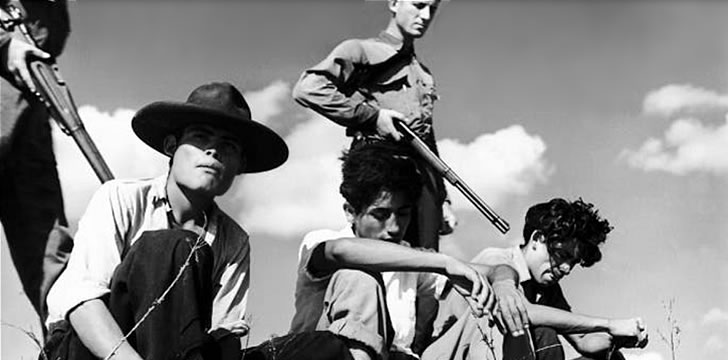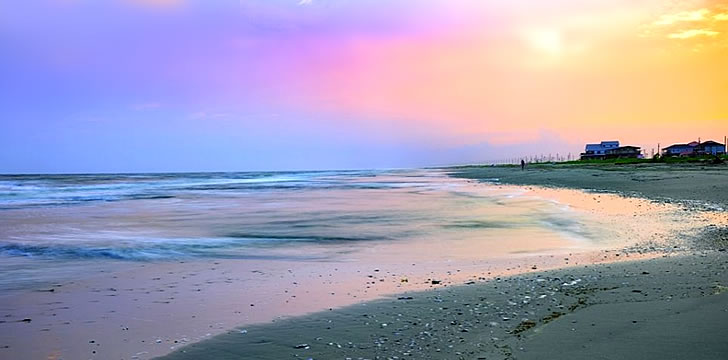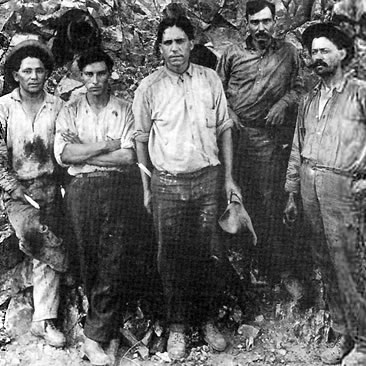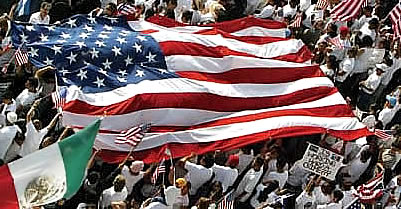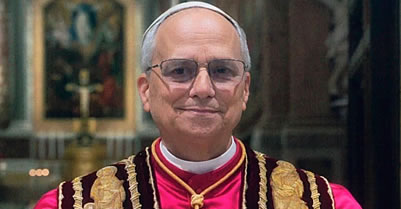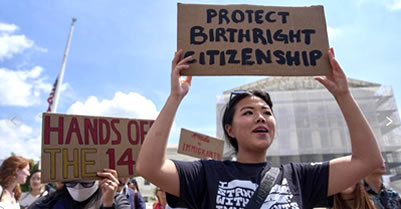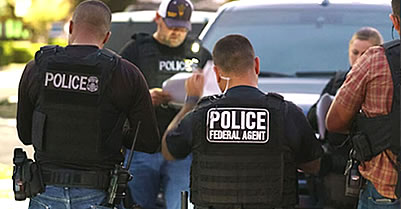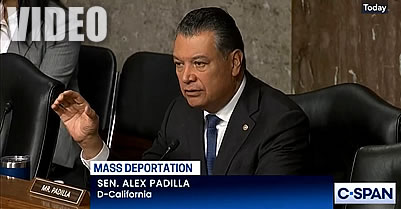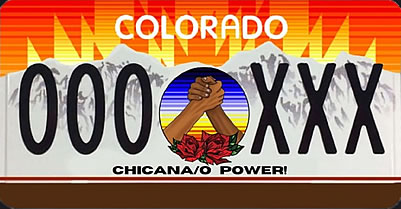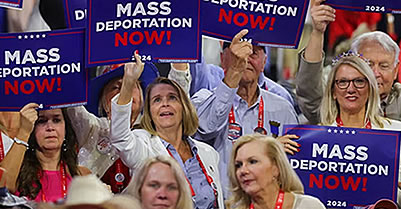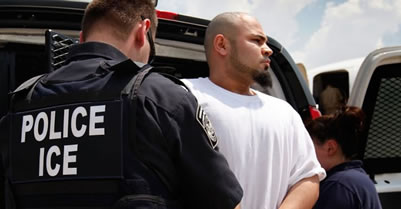HISTORY OF THE CINCO DE MAYO CELEBRATION: A LEGACY OF RESISTANCE & PRIDE
LOS ANGELES, CA - To say that the annual Cinco De Mayo celebration is misunderstood is an understatement. To put it mildly, it's probably the most misunderstood of all U.S. cultural events. While most people now already know that Cinco De Mayo (CDM) isn't Mexican Independence Day; many are still under the impression that this annual celebration started in Mexico. This couldn't be further from the truth. At the time of the first Cinco De Mayo celebration, Mexico was quite literally occupied in the middle of a war with imperial France. Like a bevy of other things which first appeared in the Mexican American community of the United States and are often believed to be Mexican (i.e., burritos, chile con carne, fajitas, flour tortillas, lowriders, nachos, skull face painting, etc., etc.) the CDM celebration is no exception.
The exact origin of the Cinco De Mayo celebration can be traced to Mexican metal miners known as Californios. These were the people of Mexican descent born in California prior to its annexation by the United States in 1848. As disgruntled, newly forced citizens of the United States who were often disrespected and severely mistreated by the new ruling class of white Americans who suddenly flooded and dominated the environment of a booming West Coast, it isn't surprising to understand that most Californios didn't have especially fond feelings for most of the newly arrived European Americans. This was especially true during the early years following California's Gold Rush. In essence, this first generation of newly minted Mexican Americans felt more akin with their Mexican families and other relations still living across a newly made border with Mexico over U.S. society. This was the mood of the 1860s.
Cinco De Mayo: A U.S. Born Celebration of Mexican Heritage & Resistance Against the Forces of Oppression
California's Mexican communities, that is: its foreign born Mexican nationals who reside in the state as either legal immigrants or undocumented workers; along with its native born Mexican Americans (a.k.a. Chicanos), together are commonly known for many things. An example of a few would be: the great abundance of agricultural food products harvested by hard working farmworkers; the Farmworkers Movement organized by Cesar Chavez and Dolores Huerta; its fighting sports athletes; its musicians; its artists, lowrider cars; Lowrider Magazine, and so much of the American pop culture that has stemmed from this one particular community amongst many other things.
What's not so commonly known is that California's Mexican community of the Gold Rush region is the birth place for two major things most commonly believed to have originated in Mexico, but in fact, they did not. The first of these U.S. born inventions is the burrito. Where as, it's traditional to use masa, an ancient dough made of ground corn used for the making of corn tortillas, in Mexico. This key ingredient wasn't always readily found in the Gold Rush region (a.k.a. Mother Lode area) of Northern California especially subsequent to its annexation by the United States. What was easily found, however, was the tremendous amount of ground wheat being produced by the United States, and specifically its "white flour" beginning in the 1870s. Hence, the creation of the flour tortilla which then subsequently led to the creation of the burrito. The name for this new Mexican style food came from an endearing of the "burro" (donkey), which was heavily used by the miners of the Mother Lode Country to carry both supplies and food into all of the Central Valley mines. Hence, it was Cali's Mexican miners in the 1870s who created the burrito, still called a "burro" by some. But before the creation of the burrito, these same miners were also responsible for the creation of what is now an annual event of the U.S. Mexican American community that is now familiar with many around the world.
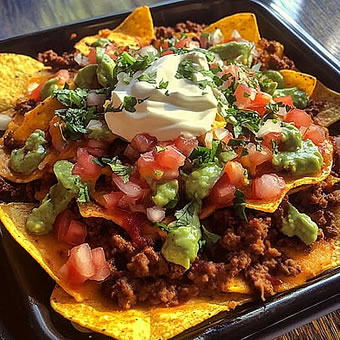
California's Mexican Metal Miners Have the 1st Cinco De Mayo Party
The Battle of Puebla, for which all Cinco De Mayo events are supposed to commemorate, was fought on May 5th, 1862. The very first Cinco De Mayo celebration occurred on May 25th, 1862. This 20 day period of delay was the amount of time it took for news to travel by horseback from Central Mexico to California's Central Valley back then. When the men of Mexican ancestry who established and ran the mines in two specific communities, Sonora, CA and Columbia, CA, heard about Mexico's poorly equipped, depleted army's unlikely victory against the mighty and experienced French Empire's imperialist army, immediate shouts of joy and jubilation were immediately heard throughout the region. Mexican metal miners were always known to like a good party and the occasion of this news was no exception. It's been reported that gunshots, tequila, singing and fireworks were all a significant part of this first celebration.
Today, Cinco De Mayo events have calmed down a bit from their raucous origin. In the 1960s, Chicano activists emphasized that the event should be an expression of pride in Chicano and Mexican cultures, along with it being an example of success to emulate against very powerful forces of oppression here in the U.S. In contrast, it would be over 50 years before Mexico saw it's first parade to celebrate CDM. There are still no national events to celebrate The Battle of Puebla in all of Mexico other than one local event held in Puebla alone.


